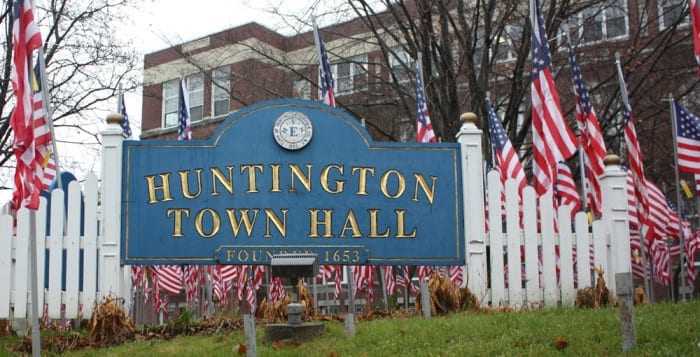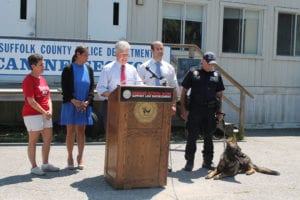With less than two weeks to go before New York State’s primaries, we’ve been ramping up our coverage of the 2018 elections at TBR News Media. One thing has become abundantly clear: There are a seemingly endless number of hurdles for who can run, their campaigns and how to vote.
In Shoreham, Rocky Point Fire Chief Mike Yacubich has fought to stay on the ballot after citizens in the state’s 2nd Assembly District challenged his petitions to be the Republican candidate to run for the seat. Their objections were based on the fact that he and his son share the same name — and that there was no distinguishing middle initial indicated on the forms — which they argued could have led to confusion for voters.
In Northport, Democratic hopeful Michael Marcantonio was found ineligible to run for the state’s 12th Assembly District after it was brought to the court’s attention he cast his vote in North Carolina in 2014. At the time, he was a law student at Duke University and didn’t realize judges may rule that ballot severed his five-year residency in New York, which is the time required to run for political office.
In Huntington, Republican candidates have petitioned to create a “Stop LIPA” ballot line for the Nov. 6 elections. Their opponents have filed objections. It has raised questions about when Stop LIPA became a legitimate third party and cast doubts on which elected officials are rallying against the utility’s attempt to get the taxes lowered on its Northport plant, an issue we see as local and party-less.
Throughout the summer, we’ve seen voter drives encouraging teenagers to register before heading off to college. The process of simply obtaining an absentee ballot requires completing a preliminary application that needs to be hand delivered to the Suffolk County Board of Elections Yaphank office or snail mailed at least seven days in advance, and casting an absentee ballot then requires a second trip to the post office. Also, being required to work during polling hours is not listed as a valid reason for obtaining an absentee ballot.
Our state laws regarding how to run for office and how to cast a vote need to be simplified. The process needs to be streamlined and modernized. Our failure to do so hurts both Democrats and Republicans, it knows no party lines. Rather, it collectively silences the voices of aspiring politicians looking to make a difference, employees working long hours to make ends meet and uninformed youth who find too many barriers between them and the polling booths.
First, information on how to run for office and eligibility needs to be made clear and more easily available to the public. A fundamental concept to our democracy is that anyone can run for office — but they have to know how and what to do.
In New York state, anyone with a valid driver’s license can register to vote online and change their party affiliation. Given this is possible, we fail to see any reason why a request for an absentee ballot should not also be fileable via email or an online form on Suffolk County Board of Elections’ website with an electronic confirmation given.
With the technology available today, it’s hard to believe we’re locked into pen-and-paper forms and snail mail to register political candidates for elections and to vote if temporarily out of state. It’s time we re-examine these methods. Participating in democracy should be getting easier, not more difficult.








